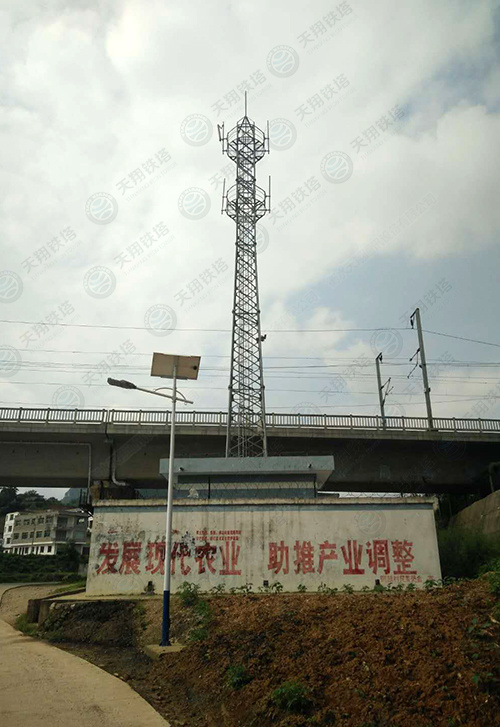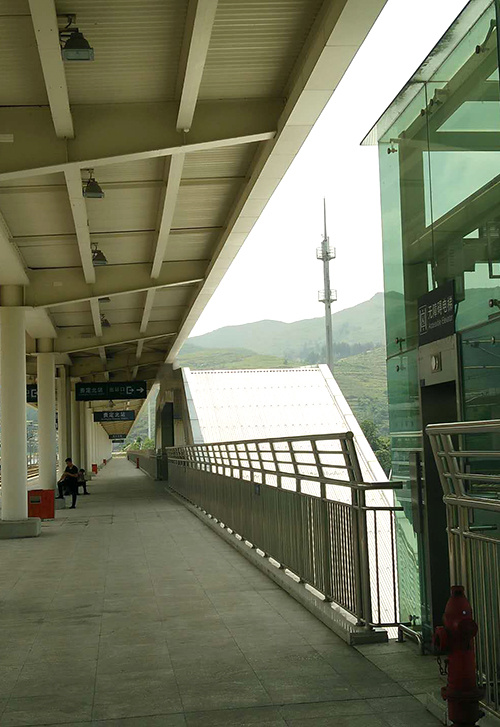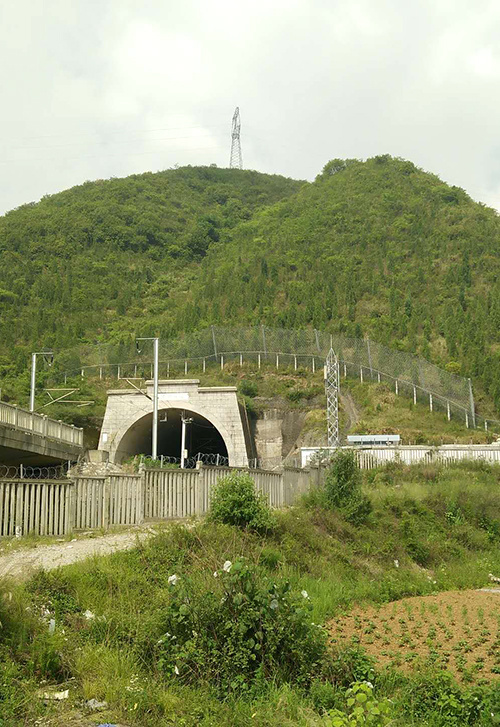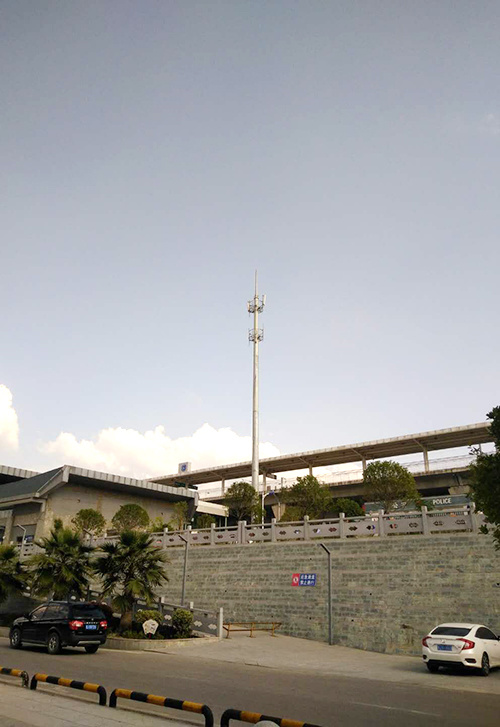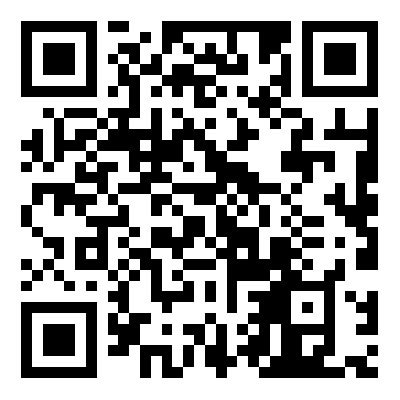Unlocking the Secrets of Microwave Communication Towers
Introduction: The Backbone of Modern Connectivity
Ever wondered how your favorite streaming service delivers high-definition shows right to your screen? Well, it’s often thanks to something known as a microwave communication tower. These towering giants might look simple, but they play a pivotal role in our day-to-day connectivity. Let’s dive into how these technological marvels operate!
What is a Microwave Communication Tower?
At its core, a microwave communication tower is a structure designed to transmit and receive microwave signals. These signals are a form of electromagnetic radiation, similar to radio waves but at much higher frequencies. You might say they’re the unsung heroes of wireless communication!
How Does It Work?
Now, let’s break it down into bite-sized pieces. A microwave communication tower operates through a series of steps:
1. Signal Transmission
When you make a call or send a message, your device converts that information into an electrical signal. This signal is then sent to the microwave tower, typically via a cable.
2. Signal Conversion
The tower's equipment converts that electrical signal into a microwave signal. Think of this as turning your words into a language the tower can understand.
3. Signal Broadcasting
The microwave signals are then broadcasted through the air to other towers or satellites. This is where the magic happens! These signals can travel long distances, often over hills and through buildings.
4. Signal Reception
Once the signals reach another tower or receiver, they are converted back into electrical signals. It’s like flipping a switch back to the original language! This is how your message makes its way to the intended recipient.
Advantages of Microwave Communication
So, why do we lean on microwave communication towers? Well, they offer several perks:
- High Capacity: Microwave systems can carry a vast amount of data, making them perfect for today’s high-speed internet demands.
- Cost-Effective: Compared to laying cables, setting up a microwave link is often cheaper and quicker.
- Flexibility: Microwave communication can be installed in remote areas where traditional lines can’t reach.
Challenges Faced by Microwave Towers
However, it’s not all sunshine and rainbows. Microwave communication towers do face some challenges:
- Weather Sensitivity: Heavy rain or snow can disrupt microwave signals, leading to temporary outages.
- Line of Sight: These towers require a clear line of sight to function optimally, which can be a hurdle in hilly or densely packed areas.
- Interference: Other radio frequency devices can cause interference, impacting the quality of communication.
The Future of Microwave Communication
As we move forward, the role of microwave communication towers is only set to grow. With the rise of smart cities and the Internet of Things (IoT), the demand for reliable and efficient communication methods is skyrocketing. These towers are poised to play a crucial part in shaping our connected future.
Conclusion: A Towering Presence in Communication
In summary, microwave communication towers are more than just tall structures dotting the skyline; they are the lifeblood of our communication networks. From enabling fast internet to facilitating seamless phone calls, they are integral to our modern lifestyle. So the next time you enjoy a smooth video call or stream your favorite series, give a nod to those hardworking microwave communication towers!
Tag:


